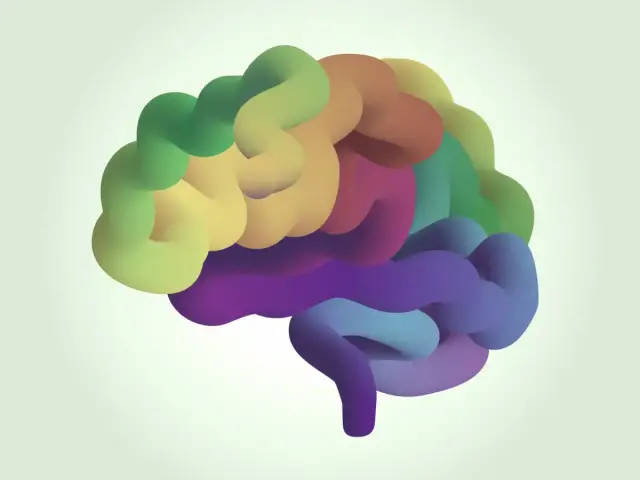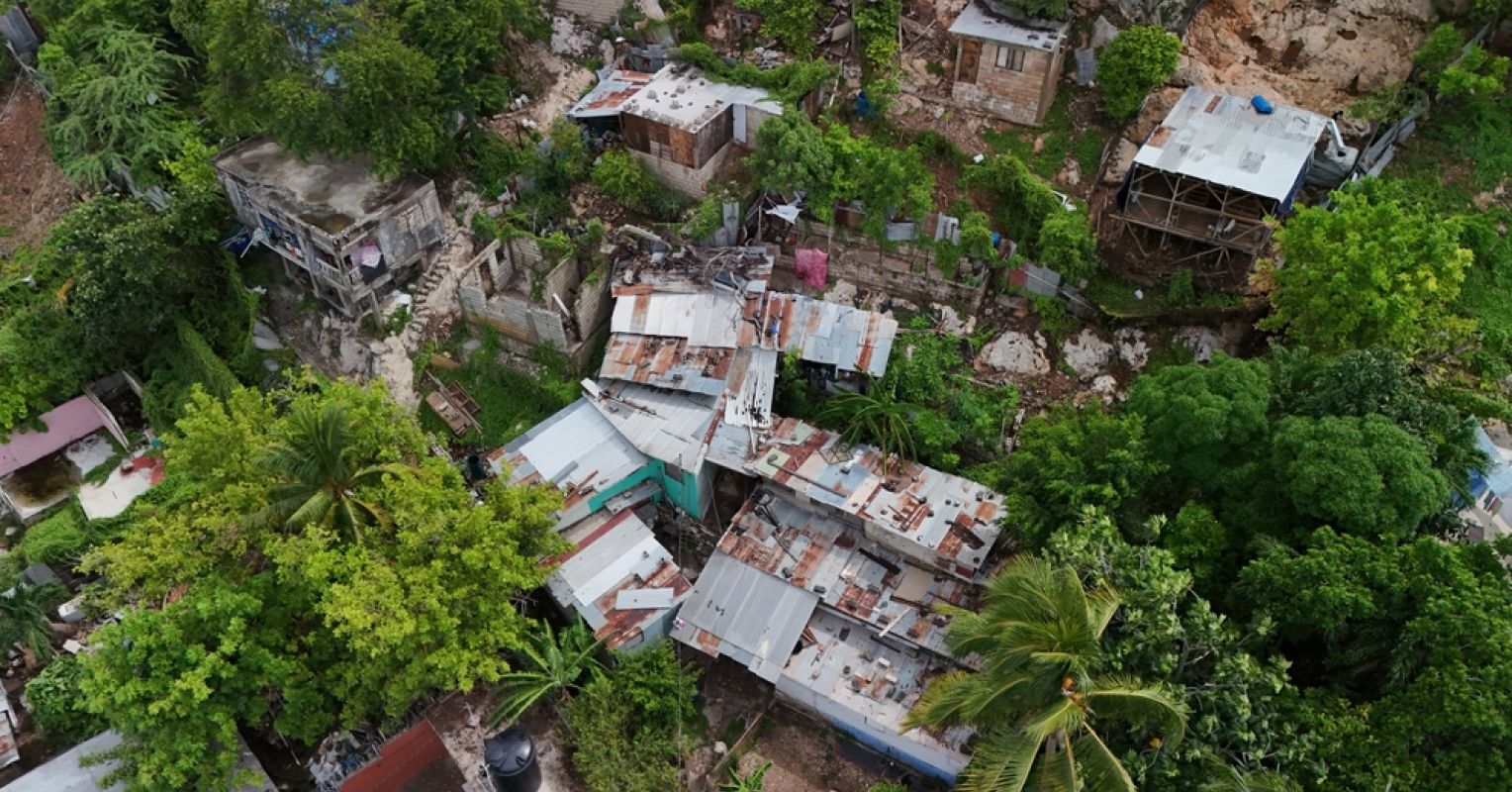What does forgiveness look like in the brain?
As a neuroscientist, I am always looking for the biological underpinnings of mental processes—not as an effort to distill mystery into molecules, but to understand rich and complex psychological experiences as combinations of simpler building blocks. Breaking things down in this way can shed light on how different psychological experiences promote well-being in life and help us figure out how to foster the experiences and behaviors that are most helpful to us.
In brain studies of forgiveness, researchers find that forgiving activates structures and pathways in the brain that improve resilience and social connection more broadly, and empower you to step beyond painful experiences in an energized, motivated, and connected way.
X

Forgiveness, according to this research, does not mean condoning or endorsing anything that was done that caused harm to you. Forgiving also does not necessarily involve trying to reconcile or resume any kind of meaningful social connection with the person who wronged you. Rather, forgiveness involves imagining the perspective of the harm-doer and actively letting go of the painful association between them and yourself. Forgiveness means embracing your feelings of hurt with self-nurturing and compassion, so that you can recover from the painful experience in a more lasting and purpose-inspired way.
The good news about forgiveness is that the structures and pathways in the brain that it exercises have other advantages to mental well-being. If we’re holding a grudge or just passively waiting for hurt to subside rather than practicing forgiveness, the strength-building processes that come with forgiveness do not happen.
When researchers measure brain activation in study participants who are instructed to extend forgiveness for a past harm, there are three main systems that get activated. These neural pathways and structures support the process of forgiving in a dynamic and interrelated way, not in a strict sequence. If you’re struggling with forgiveness, this research is a reminder of just how complex it can be, but also why you might want to consider it.

1. Empathy and perspective taking
The first system includes structures and pathways involved in empathy and perspective taking, or sensing the emotions of others and imagining their thoughts and feelings. The region that is central to sensing other people’s emotions, the anterior insula, is tucked in behind the ears and signals visceral activity, which means involuntary bodily responses like a hastened heartbeat or a fluttery stomach sensation. The anterior insula both responds to our own physical experience and also gets activated when we detect other people’s emotional expressions in the face, voice, and even body through a process called biobehavioral synchrony.
In the context of forgiving, activation in this region may signal both the forgiver’s own feelings about the prospect of forgiving (which can be hard), as well as their felt impression of the perpetrator’s experience—both of which influence the motivation to forgive.
Two other brain regions support adopting another person’s perspective and seeing their point of view: the temporal parietal junction (TPJ) and superior temporal sulcus (STS). These areas add emotional meaning and context to the experience (e.g., when we reflect that the person who harmed us was angry, and had also been a victim of harm themselves). Forgiveness also involves considering how similar or different other people’s experiences may be from our own, which enlists pathways between the two hemispheres of the brain that span the medial prefrontal cortex (mPFC), precuneus, and posterior cingulate cortex (PCC).
Putting ourselves in the shoes of the person who caused harm is part of the process of forgiveness. When we do that, we may realize that the harm-doer’s actions were partly a result of external circumstances in their life—like severe poverty or abuse—and, thus, feel less personally targeted or victimized. We may also realize that holding on to our own enduring distress and anger will not restore justice or solve the problems that led to the harm, but will only continue hurting us…so why continue?
2. Coping
The second system involved in forgiving is central to coping, or reinterpreting information about ourselves, other people, and the world in a way that speeds up our recovery from distress and restores calm and contentment. The dorsal lateral prefrontal cortex (dlPFC), ventral lateral prefrontal cortex (vlPFC), and dorsal anterior cingulate cortex (dACC) support keeping track of, focusing, and reallocating our attention so that we can direct mental resources deliberately. Rather than spiraling into despair after an anxiety reflex, you can pause to reevaluate information and your own understanding of the situation—a skill sometimes referred to as cognitive control.
In the context of forgiveness, this system supports fulfilling our personal needs for well-being and belonging, and reframing past harmful experiences in ways that foster learning and growth. For example, when your distress about a past harm flares up, this system helps you take a deep, slow breath, then intentionally reflect on the comfort and community of support you presently have, and then choose to do something that is restorative and meaningful—like call a loved one, connect with nature, listen to a favorite song, or do something playful or creative.
3. Making social decisions
The third system that plays a role in forgiving, in concert with the empathy and perspective taking and cognitive control systems, helps you make decisions and prioritize between various behavioral options in a social situation (e.g., should I aggressively sneer and stonewall, or seek out a trusted friend to laugh with?). The orbital frontal cortex (OFC) and ventral medial prefrontal cortex (vmPFC) play a central role in computing and signaling the value or relevance of social choices to our own core goals.
In the context of forgiveness, these regions contribute to our decision to let go of, or divert mental processing resources away from, the immediate draw of anger and hostility—and, instead, direct our energy to supporting goal-aligned behaviors, like doing things that contribute to our own well-being. This system helps you invest in finding relief (e.g., Self-compassion) and taking action to change things for the better rather than harboring persistent and emotionally toxic hostility inside for someone else’s past actions. In research-based forgiveness practices, simply making the decision to forgive (when you’re ready) is one of the initial steps in the process.
The path we take when we believe that another person has harmed us activates different regions and processes in the brain that, because they play a role in other life situations, impact our mental and physical health. Forgiving activates brain systems that also equip us to empathize, take other people’s perspectives, cope with difficult emotional experiences, and stay tuned in to and act in accordance with core values and goals. By strengthening these capacities, practicing forgiveness can help us improve well-being in the vast and diverse array of social and emotional moments that make up our lives, and in a lasting way.













